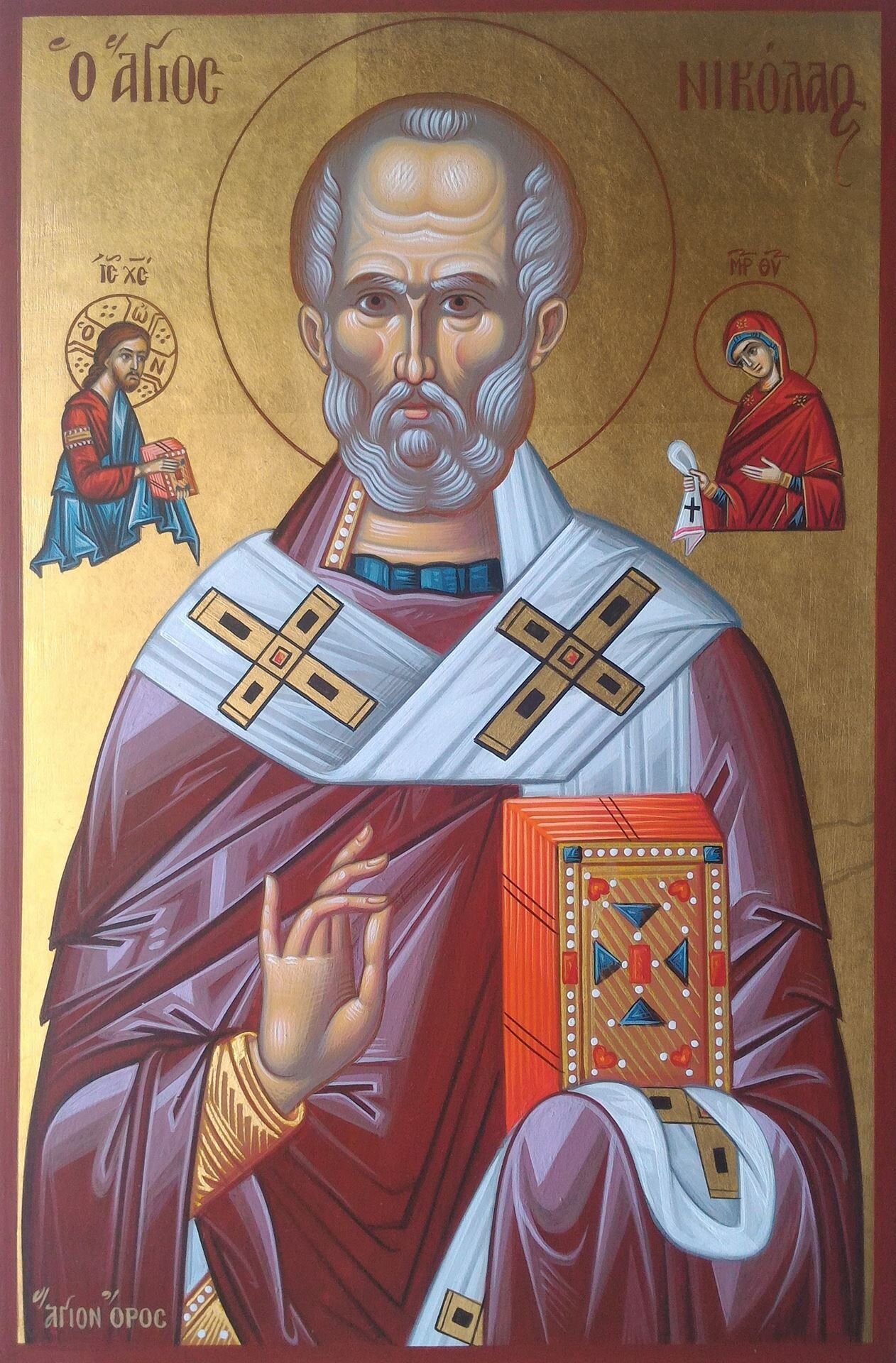Researchers uncover the mystery of the burial place of the supposedly archetypal saint of Santa Claus under the ruins of an ancient church in Turkey. The tomb of Saint Nicholas, the prototype of Santa Claus, was discovered after archaeologists found the ruins of an ancient church in Turkey that sank below sea level in the Mediterranean in the Middle Ages.
Researchers claim the remains of the holy figure – who inspired Santa Claus – were recently discovered under a 6th century building more than 1,600 years after his death.

Saint Nicholas lived in 270 – 343, famous for his story of giving inheritance money to the poor. Another church built on top of the ancient church helps protect his tomb. It was not until the archaeological team excavated mosaics and stone floors from the previous church that they determined the final resting place of Saint Nicholas.
The discovery supports speculation that Saint Nicholas lived and died in Turkey. The research team announced that the stone floor hidden under the sediments is also the place he used to go, Arkeonews reported on October 18.

The Byzantine church built on top of ancient foundations was a place of worship for Christians from the 5th to 12th centuries, surrounded by statues of Saint Nicholas. The old church foundation was discovered in 2017 by researchers who conducted an electronic survey and found a gap between the floor and the ground. They will need to work carefully to remove the floor of the Byzantine church without destroying the ruins, according to Osman Eravsar, head of the provincial committee for the preservation of cultural heritage in Antalya.

Saint Nicholas was born in the village of Patara into a wealthy family. Researchers believe that at the time of his death in 343, Saint Nicholas was buried in the church in Demre. Saint Nicholas of Myra was a 4th-century Christian saint, beloved for his generosity toward children, making him an immortal icon that inspires Santa Claus today. Historical records indicate that Saint Nicholas was buried in the church built in his name, but the exact location of the remains has long been a mystery.





